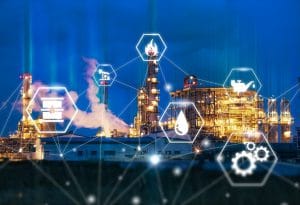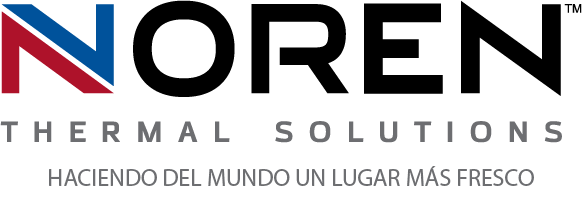 In every industry, a company’s use of technology comes with several different considerations. For example, all forms of technology require energy to operate, and implementing any technological applications means appropriating a sufficient amount of energy to consistently power it. Within some industries, however, there are more considerations than usual, particularly those that involve companies operating in particularly harsh and hazardous conditions. In addition to the routine considerations about facilitating a technology’s operations, there are also several other important factors that go into utilizing technology in hazardous locations.
In every industry, a company’s use of technology comes with several different considerations. For example, all forms of technology require energy to operate, and implementing any technological applications means appropriating a sufficient amount of energy to consistently power it. Within some industries, however, there are more considerations than usual, particularly those that involve companies operating in particularly harsh and hazardous conditions. In addition to the routine considerations about facilitating a technology’s operations, there are also several other important factors that go into utilizing technology in hazardous locations.
Considerations to operating in hazardous locations
In industries such as oil and gas refining, the term hazardous is an accurate way to describe most working conditions in the field. Employees have to carefully manage large-scale technological applications in places where elements in the environment could prove harmful, and the climate itself may be too extreme to remain safe and comfortable without proper safety equipment. In such locations, utilizing technology poses several different challenges, and systems such as electrical thermal management, which are vital to the application’s operations, must be able to accommodate this. Otherwise, the equipment and the employees who utilize it may be at a higher-than-necessary risk.
The challenges this poses to electrical thermal management
In the area of electrical thermal management, the conditions imposed on companies and their employees when working in hazardous locations are especially hard-hitting. For example, many modern companies utilize more streamlined cooling methods than what was previously the norm. With solutions such as heat exchangers, which consistently transfer waste heat using an eco-friendly cooling fluid, older applications like air conditioning and air compressing are no longer necessary in many cases. However, in hazardous locations, the extreme temperatures and potentially volatile elements in the atmosphere can make it difficult for conventional heat exchangers to remain safe and operational.
Enhancing electrical cooling to work in hazardous locations
For companies that need to enhance their electrical cooling capabilities, but are hindered by the challenges of working in hazardous locations, specialized heat exchangers have proven invaluable. Designed to create and maintain the same heat transfer loops as conventional cooling units, but in a significantly more durable and tightly sealed cooling unit, heat exchangers designed for hazardous locations help companies enjoy the advantages of more streamlined cooling while still maintaining optimal safety at their worksites.
For more information about safer and more efficient cooling in hazardous locations, call Noren Thermal Solutions in Taylor, TX, at 866-936-6736.







